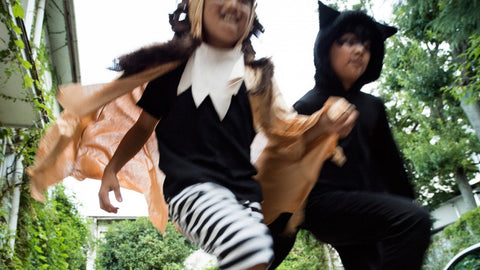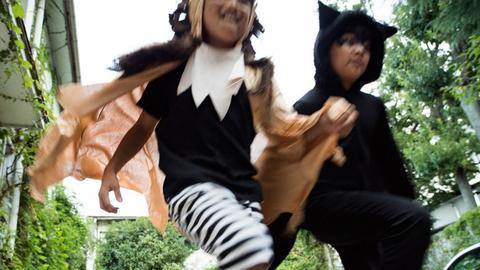
Most kids love Halloween, but kids with disabilities may need a few simple accommodations so they can join in the trick or treating. Small changes to things like where you place the candy bowl and how you light your home will ensure that every kid in your neighborhood can make awesome Halloween memories this year. The team at Toronto’s Holland Bloorview Kids Rehabilitation Hospital shares their tips.
1. Move your treat bowl down to street level
Stairs can be a challenge for kids who use wheelchairs or a walker. Consider coming down to hand out candy at the bottom of your stairs.
2. Make sure trick-or-treaters can see your face and mouth as you speak
If a kid struggles with speech and hearing issues, this will help them to understand what you’re saying.
4. Use creative decorations and spooky music that can be detected from afar
For kids with seizure disorders such as epilepsy, flashing lights and startling scares can be triggers.
5. Be prepared to hand out non-candy options
Some kids have allergies or may not take in their food orally. Filling up your treat basket with stickers, coupons and small toys too will make their night.
6. Hand out treats in a well-lit area
This helps trick-or-treaters with vision challenges to see where they’re going and makes for a safer trick or treating experience.
7. Don’t call out the kid without a costume
Kids with conditions such as autism spectrum disorder (ASD) or sensory sensitivities may feel overwhelmed about getting into costume and refuse to dress up or change their mind at the last minute. If a kid shows up with little to no disguise, consider that the simple act of getting out the door amid the buzz of Hallowe’en to trick or treat at a few neighbours’ houses might already be a great accomplishment in itself.
This article first appeared on Today's Parent. Click here to see the original.

